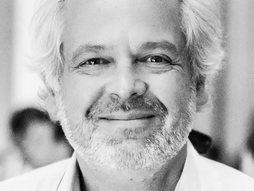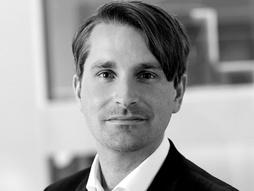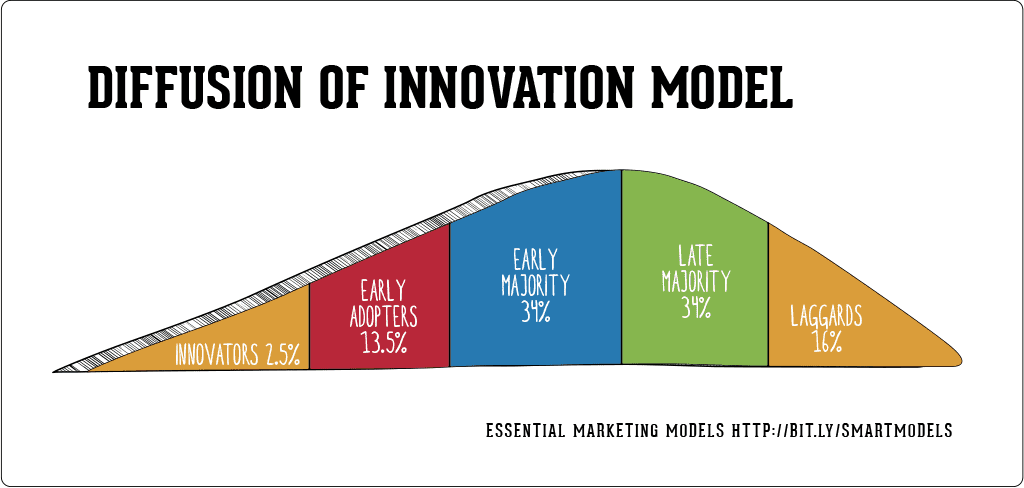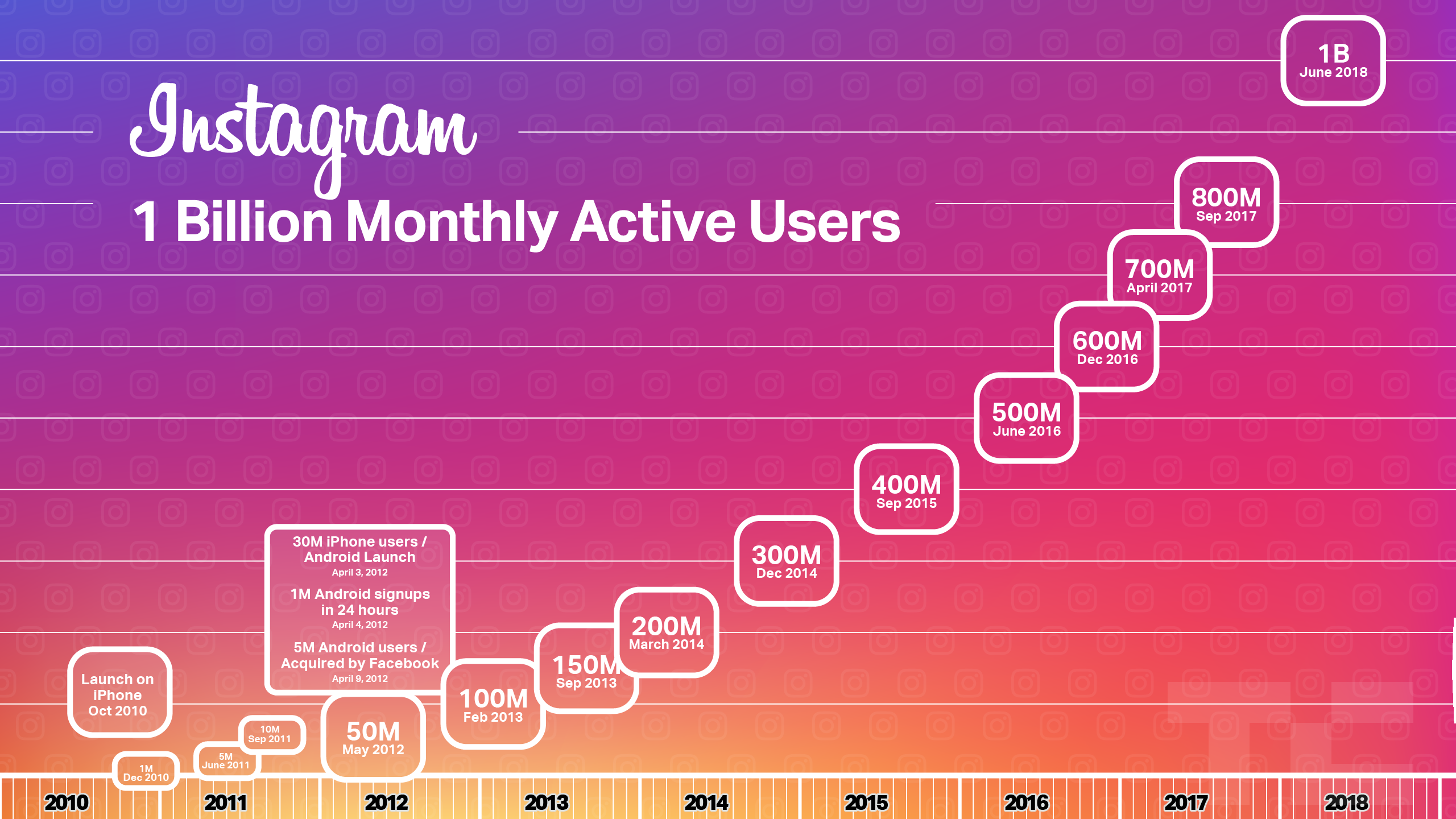As much as you may think your information is private and protected, you must be careful what data you provide online.
 |
| source |
Juan Enriquez refers to this information online as "electronic tattoos" because it can provide so much knowledge about you.
 |
| source |
Catherine Crump details the government's surveillance method involving cameras that scan and photograph every car's license plate as they drive by. While they use this information to look for cars involved in wrongdoing, they also track innocent citizens in case they need this knowledge in the future.
 |
| source |
Finn Lützow Holm Myrstad explains the dangers of a doll who listens, speaks, and connects to the internet. Anyone who has a smartphone can connect to the doll and speak to the child playing with the doll. He additionally points out the way people fail to read terms and conditions before signing. However, this is not the consumers fault; it is the companies who purposely makes the contract so long and difficult to read so that you just sign it without reading.
These people add unique arguments to the need for more online privacy in this incredibly online world. The examples these four individuals put forth worry and terrify me. My privacy and my family's privacy are important to me. However, I am conflicted because the government's surveillance for terrorists is important to protect the country. I do not know how to feel about this.

















